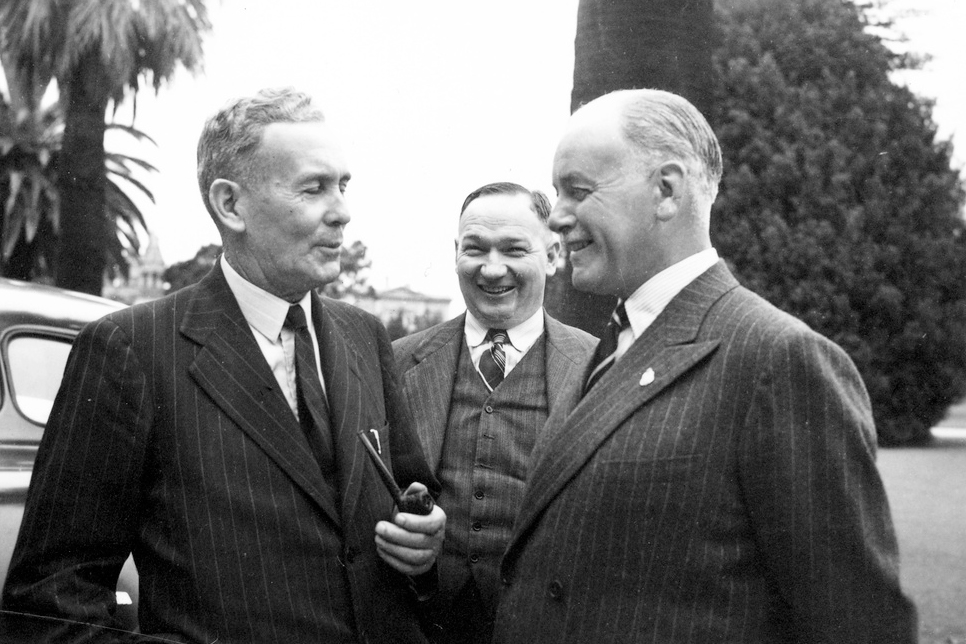Back in April, Deloitte Access Economics released a report on the state-level impacts of various shut downs and came to a conclusion that should come as no shock to anyone: South Australia will get the rawest deal.
We are predicted to take the economic impact of Australia’s coronavirus response especially hard. Apparently a slow recovery with high double digit unemployment is ahead, with a prediction of four years until we get to our (still fairly lousy) pre-COVID-19 standard.
The report comes hot on the heels of the announcement that a bunch of iconic arts organisations, including Restless Dance Company and Vitalstatistix, missed out on ongoing funding from the Australia Council, thereby putting their long-term futures in question.
In other words, our state is in for a terrible period. We’ve taken a lot of punches over the years and we have a real talent for sulking about how the eastern states don’t take us seriously while they destroy the waterway upon which SA relies, or go on about rugby like it’s a real sport.
So maybe this time – and hear me out – we could decide that SA deserves better. Like, a whole lot better.
Now that the Morrison Government has demonstrated that fiscal conservativism is an ideological fiction that we can ignore when the stakes are high enough, it’s the perfect time for South Australians to stop going “How much will this cost?” and start going “What do we need to do to make this a wonderful place to live?”
And sure, the Marshall Government doesn’t seem to be acting like the state is in a fight for its survival. Hell, it’s even tutting about how a failure to privatise our rail network would require other efficiencies to deliver the planned budget savings, as though the entire world hasn’t completely changed in the last few months.
So let’s start with the obvious: that mindset’s going out with the bins. If we’re going to survive, much less thrive, this state is going to have to borrow money and spend it like mad.
There’s never been a better time: interest rates are basically zero and the Coalition obsession with symbolically balancing budgets has thankfully been kicked to bits by the forces of terrifying reality.
And, most importantly, we’ve done it before and it’s been the making of our state.
Back in 1946, the Liberal and Country League Premier Thomas Playford created the Electricity Trust of South Australia by nationalising the Adelaide Electricity Supply Company when they threatened to put profit over the interests of the state. Yes, then as now, Australian conservatives were remarkably cool about abruptly switching to by-the-book socialism when it suited them.

State Library of South Australia B-48482-6
It was predicted to take a century or more to pay back the cost of building ETSA, but by the late ’80s it was a cash cow for the state, even as a not-for- profit public asset – and it would still be making us sweet, sweet bank right now if we hadn’t allowed the Olsen Government to sell the thing in 1999.
In fact, the history of SA has been, until relatively recently, one of innovation and progress, regularly setting the bar for the rest of the nation and beyond. First state to let women vote? That was us. Equal rights for defacto couples? Us again. We spawned a bunch of successful health interventions that other states were too scared to do (needle exchanges being one notable example) because SA was big enough that good ideas had a meaningful impact, but small enough that trying out something brave and promising wasn’t an unacceptable risk.
We were the state that made stuff happen. And maybe we started buying into the eastern states’ self-importance when media empires cut their Adelaide bureaus and we began to unconsciously buy in to the idea that everything important happens in the east.
My own family first came here because my dad got what was meant to be short-term transfer in the mid ’70s, and he and my mum fell in love with the sociallyprogressive, arts-heavy, can-do spirit of Adelaide at the time. And yet, by the ’90s we were joking that SA’s two biggest exports were cars and ambitious people – and now we don’t even have a car industry.
We need visionary, state-building leadership of the Playford stripe right now. Or, given how poorly SA arts companies have been treated, let’s evoke the spirit of Don Dunstan and be the creative, arts-forward innovation state. It was the making of the place in the ’70s, and so it could be again.
Will it cost a bundle? Oh dear god yes, but COVID-19 means that eye-watering debt is already a given. We have to rebuild the house anyway, so we may as well fix all the things that annoyed us about the old place while we’re at it.
Let’s be brutally honest: we don’t have a choice. This is possibly the final opportunity SA will ever have to start doing it ourselves, or we will lose yet another cohort of smart, ambitious, creative people to the eastern states. The stakes have never been higher, and the potential rewards never more exciting.
We could grasp this amazing and unexpected opportunity to turn SA into the creative, future-focused powerhouse that we should be. We’re never going to get another chance like this.
Don’t we love this place enough to at least give it a shot?
Andrew P Street is a freelance writer whose books include The Short And Excruciatingly Embarrassing Reign Of Captain Abbott (2015) and The Long And Winding Way To The Top (2017).
Get the latest from The Adelaide Review in your inbox
Get the latest from The Adelaide Review in your inbox